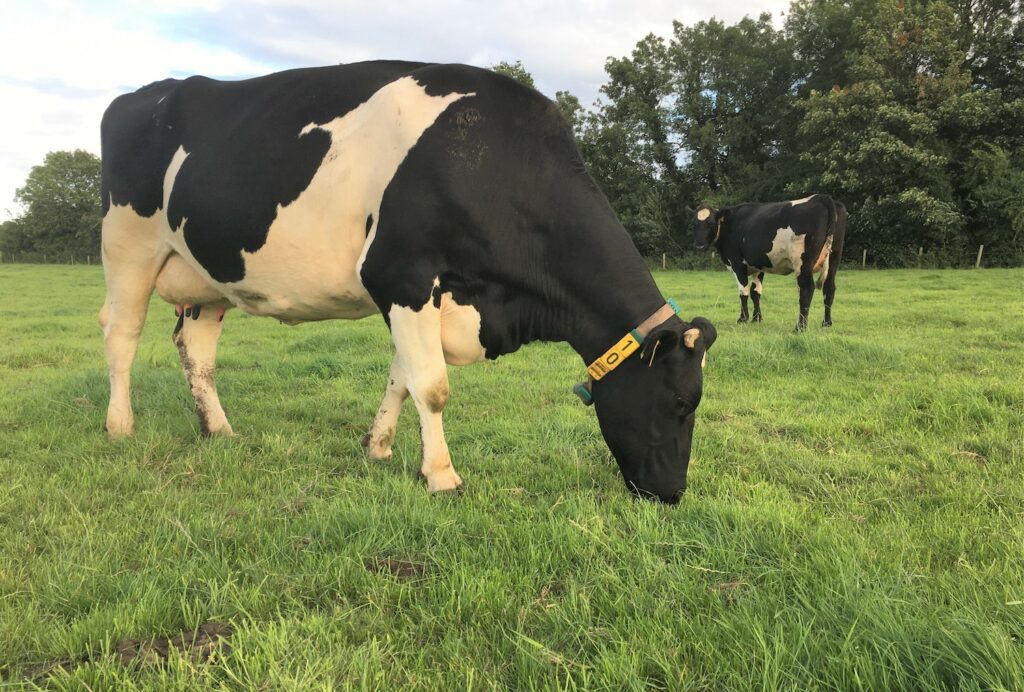Welcome rain, but watch for a drop in milk fat
10th August 2022
Many regions are welcoming some rain and seeing dry, burned-up pastures starting to green up. But Cargill’s ruminant specialist in the north of England and Scotland Donald Macleod warns this new grass could impact milk fat.
“The long dry spell has resulted in a low average grass cover for the time of year, and when the rain comes and the grass starts to grow, cows are likely to hoover it up while it is in a very immature stage,” he says. “These lower covers with immature grass in its first leave stage have 20% more oil content than mature grasses and this can be the cause of milk fat depression.”
Young immature grass, which is more typical of spring and early summer, has a high oil content that’s 50% richer in unsaturated fats than a typical winter ration. Its structural fibre is also low, with sugar and highly digestible fibre high. This can cause a reduction in rumen pH, creating acidic conditions.
The high oil content and the acidic rumen conditions created by the ration pose the two biggest risks associated with milk-fat depression. “The combination of the acidic conditions and the high oil content in fresh grass creates a ‘perfect storm’ in the cow’s rumen and disrupts the normal pathways used by the cow to produce milk fat,” explains Mr Macleod.
In milk production, half of the milk fat is imported into the udder from dietary oil and the cow’s body reserves, and the remaining 50% of milk fat is manufactured in the udder from the acids produced from forage and concentrate fermentation.
But under these conditions, where cows are eating young immature grass with low fibre content, dietary oil is converted to conjugated linoleic acid (CLA). This is an oil that disrupts the fat production pathways and causes a depression in milk fat.
“Ideally, we should avoid grazing these pastures and wait for grass to mature to its third leaf stage. But under current conditions where grass growth has been stalled this may not be possible.”
Other solutions that can be more practical include altering the nutrient content of the buffer or concentrate feeds and including a rumen buffer specifically designed to target milk-fat depression.
“Equaliser Cream is a good example,” he adds. “It has a two-pronged approach, by working as a buffer in maintaining rumen pH. Equaliser has a buffering capacity that’s more than double that of sodium bicarbonate and it also reduces CLA production by normalising the oil conversion pathways. This treats the problem before it happens and is more effective, both in terms of performance and cost, compared to using C16 fats that treated the problem after it happened.”
Results from 10 farms, where Cream was introduced into the TMR or concentrate part of the ration in 2021, showed an uplift in milk fat of 0.31% in seven days and 0.52% in a month. The financial benefit from an increase in milk fat was seen within a month.
“With most payment schemes based on milk solids, a drop in milk fat represents a significant reduction in milk income, and more so as some contracts move towards higher prices for milk fat,” says Mr Macleod. “Adjusting the ration and including a bespoke rumen buffer that is proven to help promote milk fat in challenging situations will give a good return on investment.”

